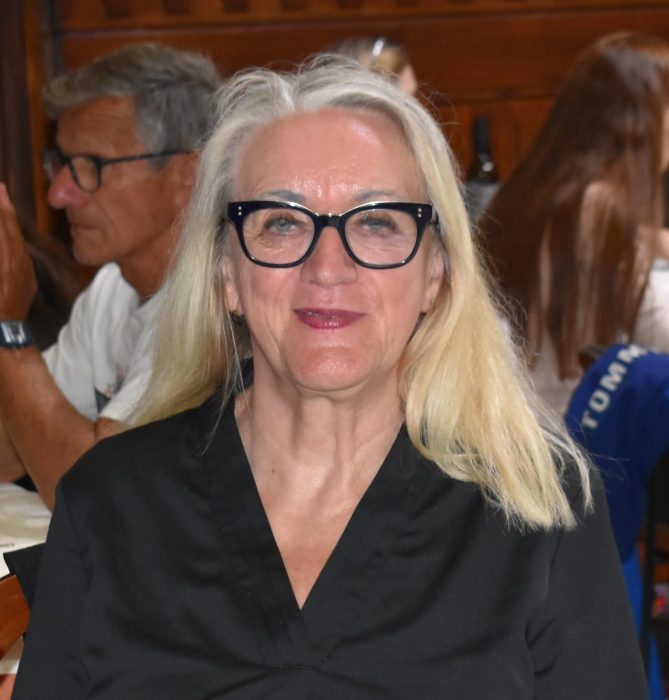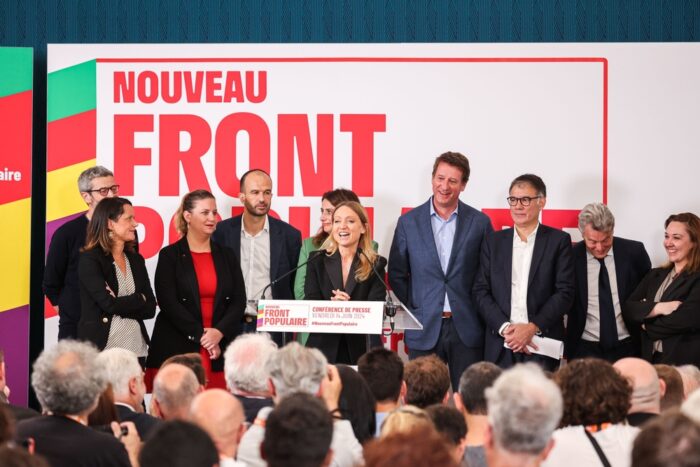The Progressive Post
Denmark: Mette Frederiksen’s Social Democrats win the best result in 20 years

The Danish Social Democrats gained the highest number of votes in 20 years, after a nail-biting count. An exit poll early on election night indicated a loss of six mandates, pointing to a loss of the majority for the ‘red bloc’. However, the final results at midnight were different. The ‘red bloc’ won 87 seats in the 179-seat Parliament and three more seats from the autonomous overseas territories of the Faroe Islands and Greenland gave it a total of 90 MPs: the slimmest possible majority, with only one mandate.
Prime Minister Mette Frederiksen’s Social Democrats secured 27.5 percent of the vote, and 50 seats in parliament. This put them ahead of the opposition leader Jakob Ellemann-Jensen, who secured 13.3 per cent of the vote, or 24 seats, for his Liberal Party. His party lost 19 of its 43 seats in parliament because the party was split in three since the last election. 12 parties were elected to the Parliament, of which eight belong to the centre-right.
Although the turnout of 84.1 per cent was the lowest since 1990, the result was seen as a vote of confidence in Mette Frederiksen for her handling of the Covid pandemic and the way she had led Denmark through its response to Russia’s invasion of Ukraine with inflation and geopolitical uncertainty. She got more than 60,000 personal votes, which, in Denmark, is a lot.
Since the beginning, the Social Democratic minority government was supported by two left-wing parties and the Social Liberal Party which used to be headed by European Union Competition Commissioner Margrethe Vestager. A paper of understanding was agreed upon by the parties of the so-called ‘red bloc’ which primarily focused on the green transition and improvement of welfare in general. The government also succeeded with a retirement reform directed at workers who had been in the labour market for many years.
Mette Frederiksen was forced to call an early election in October because of her government’s decision to kill up to 17 million minks when there were fears that a mutated form of the coronavirus which was found in mink could hamper the search for a vaccine. A report found that the government did not have a legal basis for the slaughter, which led to a parliamentary reprimand for the Prime Minister. Though Frederiksen was found not to have known that the order was illegal, the report rattled her coalition, and on 2 July 2022, Sofie Carsten Nielsen, the leader of the Social Liberals, encouraged Frederiksen to set an election date before 4 October. Later the same day, Nielsen announced that she was ready to put forward a motion of no confidence if the Prime Minister refused to call early elections.
For the first time in 20 years, immigration was not the core theme in a Danish election because the Social Democrats have vowed to remain tough on migration, depriving right-leaning parties of a possible rallying point.
Instead, hospitals, healthcare and social care have been highlighted as the main preoccupation of the voters. Thousands of posts in the public sector are vacant, partly due to low salaries, which also has a very important gender dimension. Therefore, the government promised to raise salaries in some sectors after the election.
A new populist party tried to create contradictions between the people in rural areas and those in cities, as many Danes in rural areas fear losing their family doctors. But the government has been aware of this conflict and has introduced a broad range of initiatives to re-establish public service in remote areas.
The Social Liberals in Denmark used to define themselves as the party in the middle, building bridges between the left and right parties in Parliament. But they achieved a very bad result because they were the ones who had overthrown the Social Democratic government. They went from 8.6 per cent to 3.8 per cent of the votes and had to face a very strong competitor in the former Liberal Prime Minister Lars Løkke Rasmussen who had been beaten by Mette Frederiksen in 2019.
After leaving his Liberal party, the former right-wing Rasmussen presented his new party ‘Moderaterne’, as a non-aligned centrist party, campaigning for a coalition of mainstream parties, to keep the more radical parties of the right and the left out of influence. His party made significant gains in the election, becoming the third-biggest party in Denmark. Rasmussen’s wish was to play the role of kingmaker in the next government, but with the victory of the ‘red bloc’, this role stayed in the hands of the Mette Frederiksen.
In theory, Frederiksen, the leader of the Social Democrats, who is 44 years old, could continue as Prime Minister, based on the support of the red bloc in parliament. However, the red bloc’s narrow victory makes that a difficult option. Both the Social Democrats and the Social Liberal parties have said they want to investigate the possibility of forming a broad left-right coalition to pilot the country through these tough times.
Already during the election campaign, Mette Frederiksen had made it clear that she would prefer to form a coalition government with parties from the right and the left. With the challenges the country faces like labour shortage, energy, climate changes, defence, war and reforms of the welfare system, she said, we need political stability and to make durable changes, which will not be changed again by a new following government.
The election result also shows that the voters ask for a broad coalition across the traditional left-right divide. Mette Frederiksen submitted the resignation of her one-party government to the Queen on Wednesday, and she will seek to form a broad government. Forming this broad coalition could become difficult, however, as the two left-wing parties would prefer a left-leaning government and it seems that they are supported by the trade unions from the public sector.
In Denmark, there is no tradition of broad governmental coalitions, but as there are many huge challenges, now, it might be possible. Coalitions talks are expected to go on for some weeks.
For the first time in Danish history, women constitute 44.5 per cent of the MPs, without gender quotas as there is great resistance in almost all Danish parties against gender quotas. Some of the parties elected more women than others. The Social Democrats are represented by 34.5 per cent of female MPs.
Photo credits: Shutterstock.com/ArDanMe




